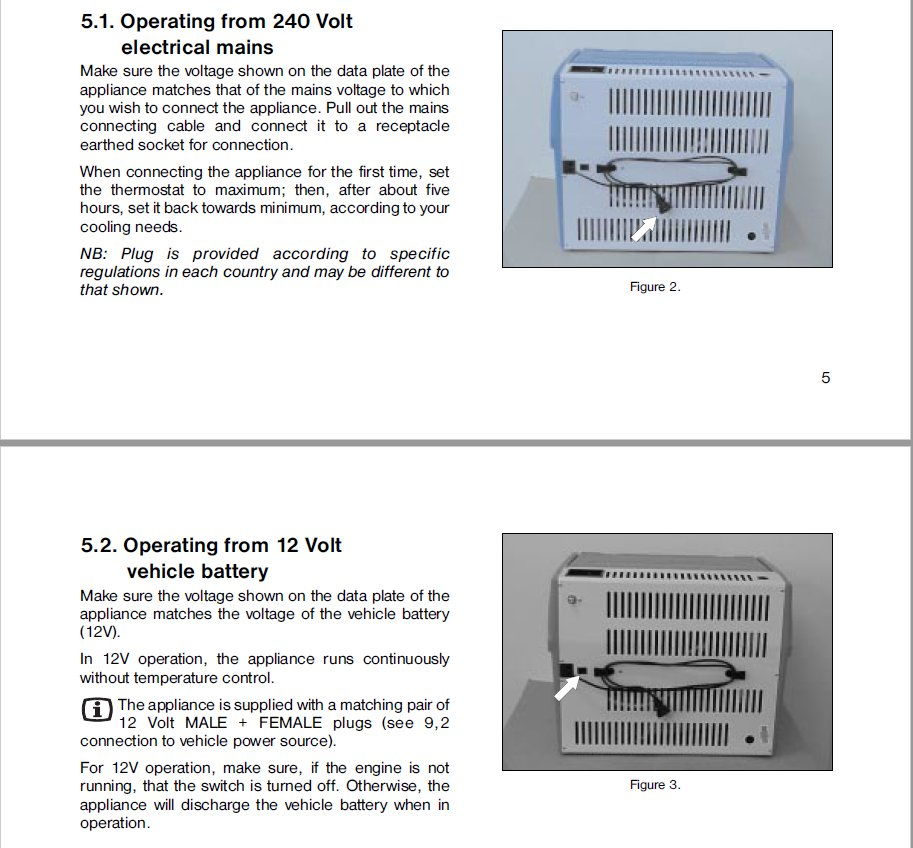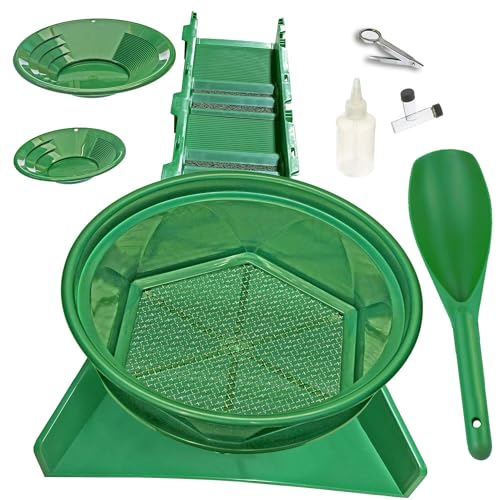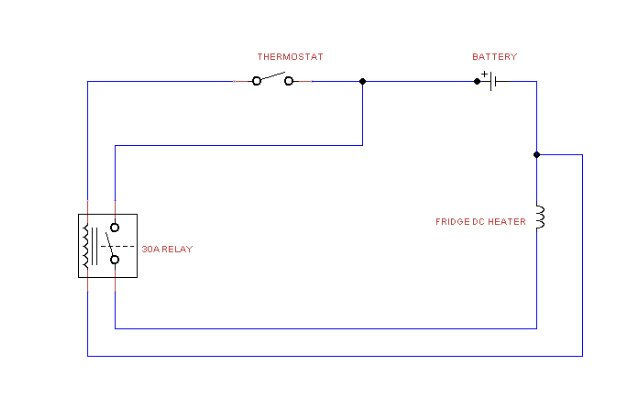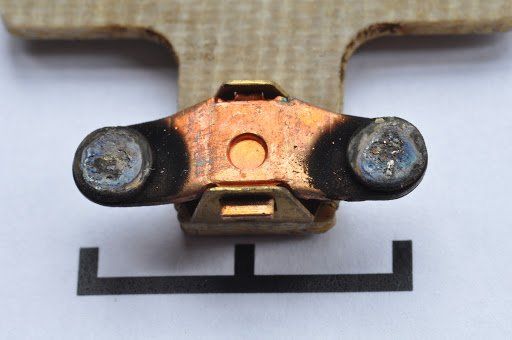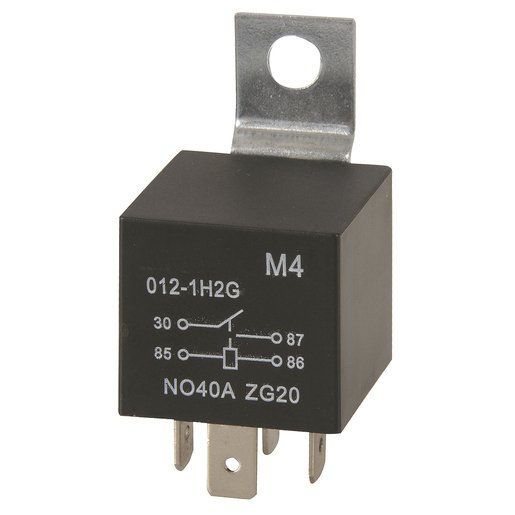- Joined
- Oct 3, 2019
- Messages
- 1,125
- Reaction score
- 1,004
Chestcold do not fit a 12 volt thermostat to their fridges . My idea is to get a thermostat from an old freezer or fridge and put it into a Chestcold fridge . Remove the thermostat carefully from the freezer or fridge . Hang the bulb into the fridge , connect the thermostat to one wire of the 12 volt supply . Thermostats are only a switch operated by temperature . This could be a good saving of power to any body with solar panels and batteries . Has any body tried this ???




